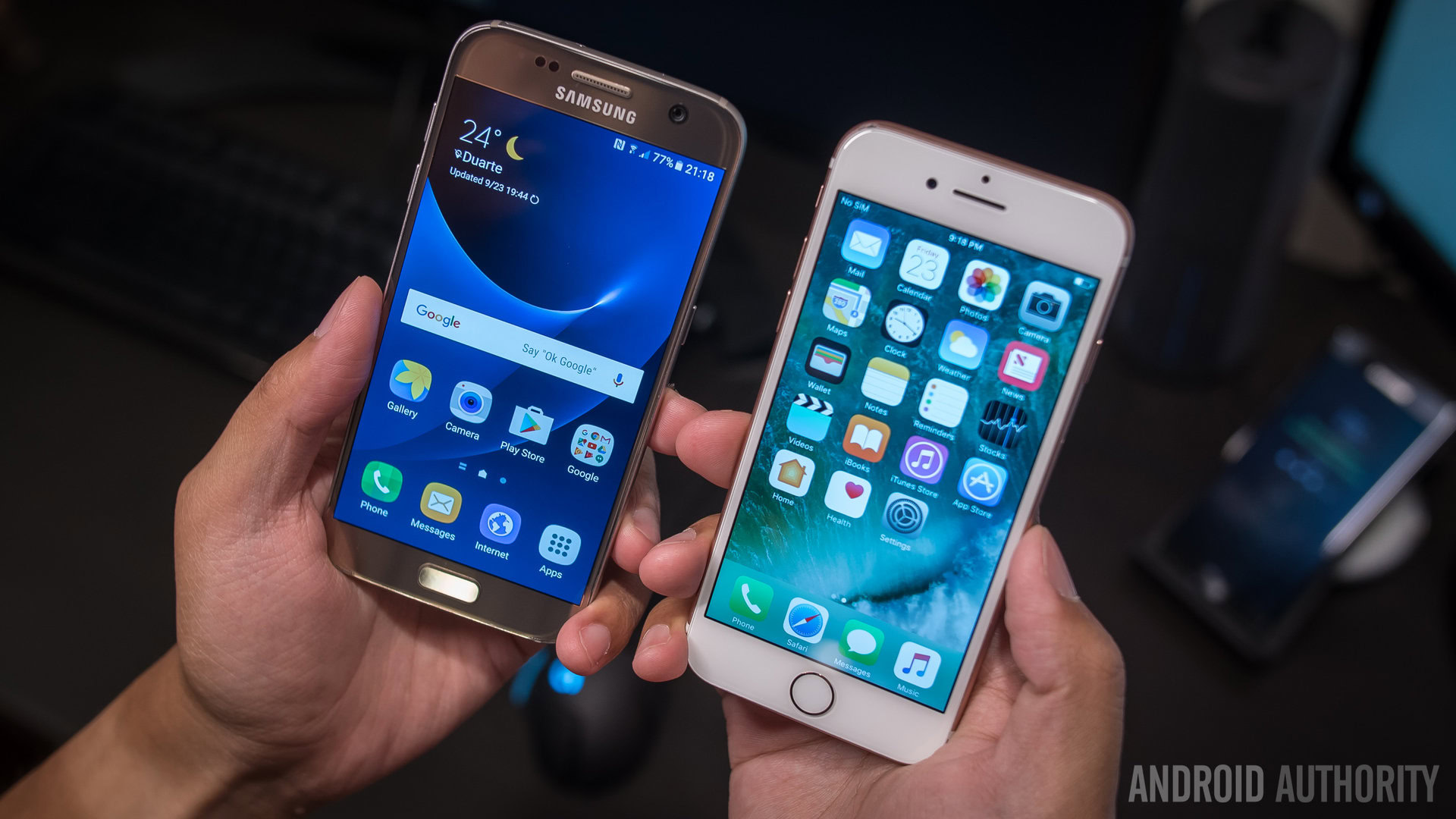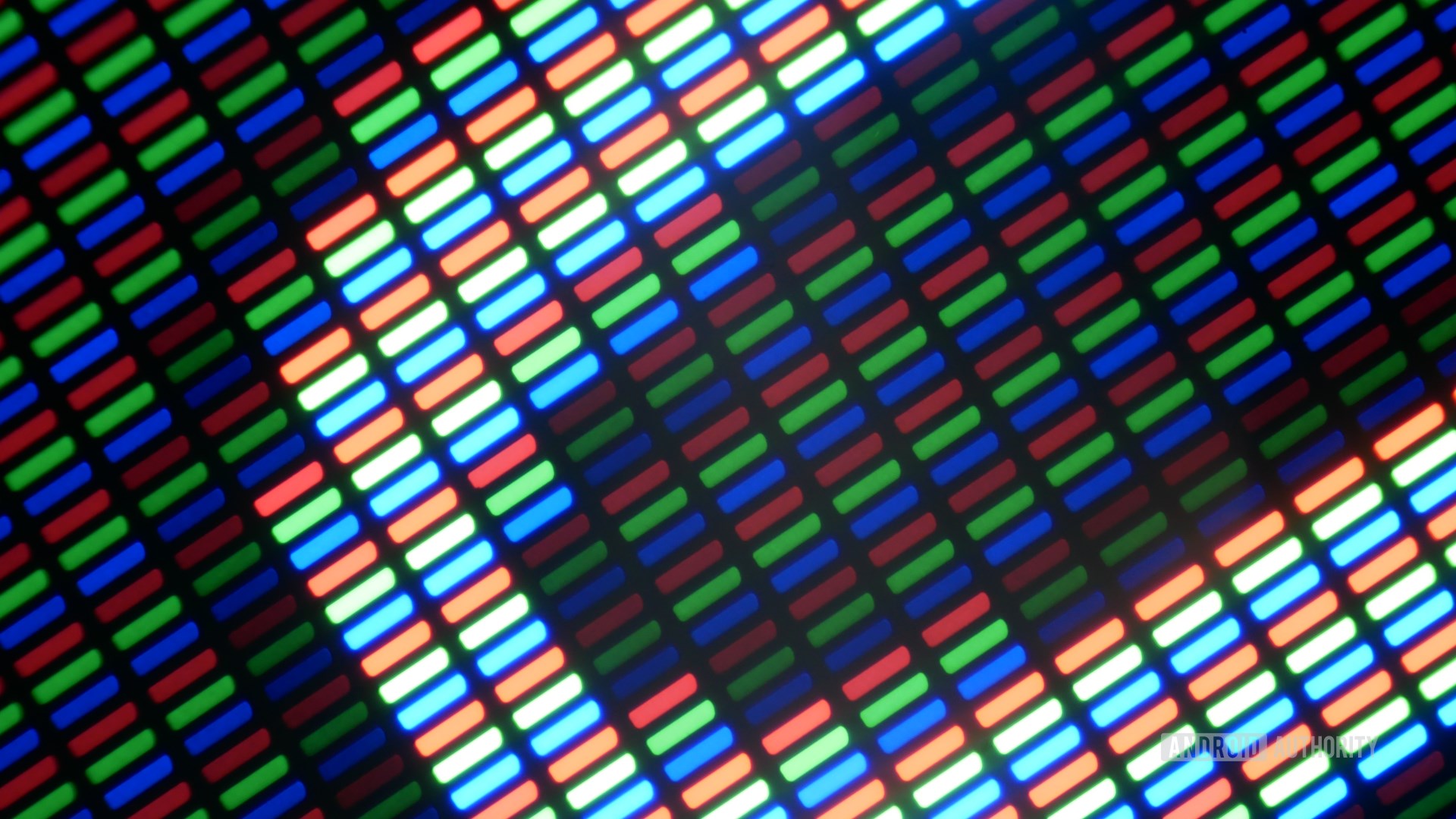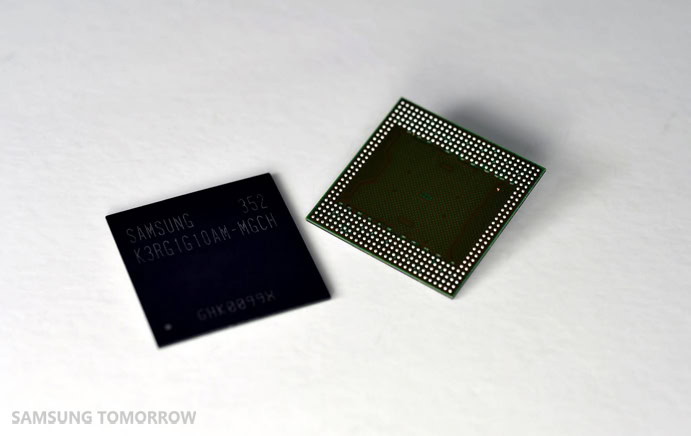Affiliate links on Android Authority may earn us a commission. Learn more.
Global AMOLED and memory shortages predicted for 2017

Even as the growth of the global smartphone market continues to slow, demand for certain components is creating a strain on the supply chain. So much so that market analysts at TrendForce are predicting a global shortage of AMOLED display panels and NAND memory in 2017.
The AMOLED shortage will in part be fueled by Apple’s reported shift to an OLED display for the 10th anniversary iPhone and decreasing interest in LCD panels on smartphones generally. Analysts predict AMOLED penetration to reach 42 percent in 2019, up from just 22 percent in 2016.

According to TrendForce analyst Anita Wang: “Generally speaking, TV and smartphone shipments will continue to expand in 2017. However, the supply of [AMOLED] panels from the display industry will heavily influence the overall shipment results for the five major product markets.” VR shipments are also expected to suffer as a result of AMOLED panel shortages.
AMOLED production in 2017 is projected to see a massive 46 percent annual growth increase from this year.
That said, production capacity for AMOLED panels will still grow significantly, as more manufacturers focus on the now-more-affordable display technology. AMOLED production in 2017 is projected to see a massive 46 percent annual growth increase from this year, with Samsung Display (SDC) being at the forefront of these expansionist efforts.
Unfortunately for some OEMs though, Samsung and Apple contracts will take priority. “Chinese smartphone makers are eager to have more of their devices equipped with AMOLED displays as well,” said Boyce Fan of WitsView. “However, SDC will not be able to satisfy every client despite having the largest AMOLED capacity.” The same will be true for HTC, Oculus and Sony on the VR front.

Meanwhile, flash storage is also projected to be in short supply next year. The shortage will largely be due to manufacturers accelerating their 3D-NAND efforts in the latter part of 2016. The problem is that 2D-NAND production will drop off faster than 3D-NAND production will pick up the slack.
2D-NAND production will drop off faster than 3D-NAND production will pick up.
“While the 2D-NAND production capacity will continue to contract rapidly next year,” Sean Yang of DRAMeXchange noted, “suppliers may still have problems with their respective 3D-NAND production plans. Raising the yield rate, for example, will be a major challenge.”
What all this adds up to is potentially more expensive component prices and thus, higher device prices for consumers. Or, substitutions will have to be made, like in the case of Chinese OEMs wanting OLED panels that will have been snapped up by lucrative Apple and Samsung contracts.
In the case of VR, increasing shipment volumes will be impossible until greater OLED supplies are available to meet increasing demand. As for flash storage, there’s not much to be done until 3D-NAND production can accelerate enough to fill the gap left by declining 2D-NAND production, so again, expect higher component prices where storage is concerned as well.
Do you prefer AMOLED or LCD? Do you expect to pay more for devices next year?